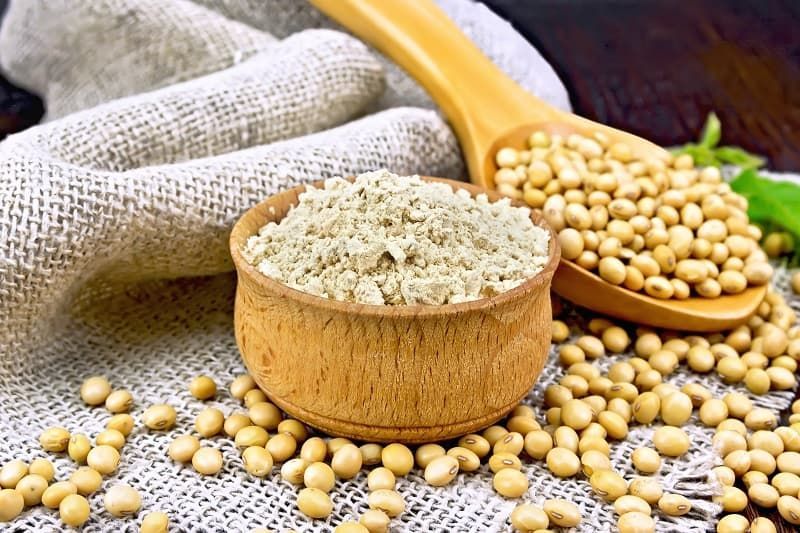China continues to reduce its dependence on imported soybeans and soybean meal

With the recently launched national policy to reduce the use of soybean meal in livestock and poultry feed, Chinese sources are already reporting progress.
From January to November 2023, soybean meal consumption in feed was 11% lower than the same period in 2022, at 4.44 million metric tons. This is the data reported by the Ministry of Agriculture (MARA) last week.
This decline was achieved despite a 4% year-on-year increase in total feed production, which is just under 287 million metric tons, MARA said.
China has relied heavily on imports to meet demand for soybean meal for animal feed in the past, according to Mintec Global. Brazil and the US were the leading suppliers.
Demand was so strong that in 2022, the average share of soybean meal in Chinese feed was 14.5%.
This year, however, the ministry announced a series of measures aimed at reducing soybean imports. Key points of the three-year action plan included research into alternative feed proteins, greater use of grass and other forages, and a controlled reduction in the share of soy in feed by 0.5% per year.
For the full year 2023, the proportion of soybean meal in feed decreased by 1.5% compared to 2022. This resulted in a reduction of more than 9 million tons of meal use in feed in 2023 compared to the previous 12 months.
At a recent national conference on agriculture, President Xi Jinping urged participants to prioritize progress in national soybean production in his message. According to the South China Morning Post, the campaign to expand soybean acreage will improve food security in China and reduce the country’s dependence on imports.
It is worth noting that just two months ago, the USDA’s Foreign Agricultural Service reported that China should keep soybean imports in the 2023-24 marketing year at the same level as the previous season.
Read also
Wheat in Southern Brazil Impacted by Dry Weather and Frosts
Oilseed Industry. Leaders and Strategies in the Times of a Great Change
Black Sea & Danube Region: Oilseed and Vegoil Markets Within Ongoing Transfor...
Serbia. The drought will cause extremely high losses for farmers this year
2023/24 Safrinha Corn in Brazil 91% Harvested
Write to us
Our manager will contact you soon



